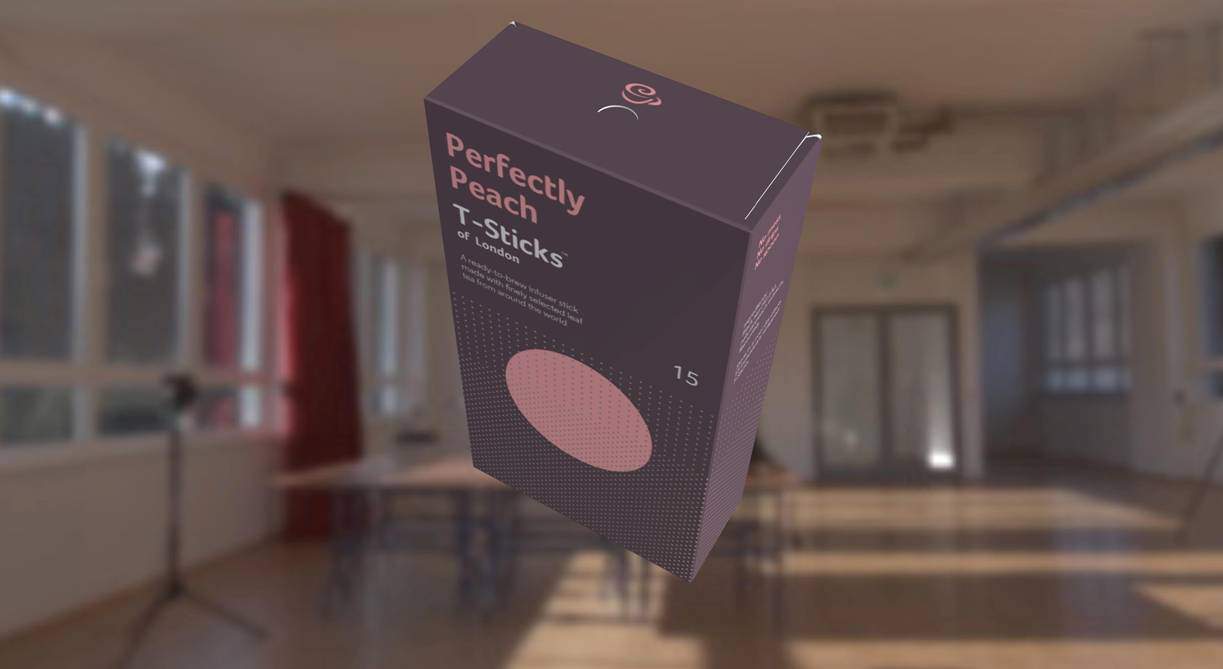Tea Acronym (Grade Name)
FTGFOP1 – what does that mean?
Have you ever wondered what those letters on your tea package mean?
FTGFOP1 is only used for whole leaf teas. Tea that consists of fine uncrushed leaves with a delicate taste. In short a synonym for high quality. Besides leaf teas there are also crushed and torn leaves that are referred to as “broken”, “fannings” which are separated from broken- leaf teas which have larger pieces of the leaves by sifting and “dust” with extremely small particles of tea leaves.
Orange Pekoe relates to the quality of the tea leaves. Orange does not refer to the colour but to the Dutch word “oranje” meaning “royal”. Pekoe (in Chinese pak-ho) can be translated as “white” – the colour of the fine fluff beneath young shoots. The F (for flowery) before OP indicates that tender and delicate flower buds were picked for this tea.
FOP1 allows conclusions about the care with which the tea was plucked – just two leaves and a bud. The coarser leaves remain on the tea bush. Only teas from Darjeeling that meet premium standards will bear the number 1.
FTG (Finest Tippy Golden) indicate that the tea has a lot of fine, light coloured tips. Tips are of lighter shades since they do not contain as much cell sap that turns dark during fermentation. As a general rule you may keep in mind the longer the string of letters, the better the tea. FTGFOP1 will ensure a superior quality tea that has been carefully and diligently manufactured.
Orange pekoe.
Orange pekoe also spelled pecco, or OP is a term used in the Western tea trade to describe a particular genre of Black teas (orange pekoe grading). Despite a purported Chinese origin, these grading terms are typically used for teas from Sri Lanka, India and countries other than China; they are not generally known within Chinese-speaking countries. The grading system is based upon the size of processed and dried black tea leaves.
Whole leaf grades
The grades for whole leaf orthodox black tea are: Ceylon orange pekoe (OP) grades’
- OP1—slightly delicate, long, wiry leaf with the light liquor
- OPA—bold, long leaf tea which ranges from tightly wound to almost open
- OP—main grade, in the middle between OP1 and OPA, can consist of long wiry leaf without tips
- OP Superior—primarily from Indonesia, similar to OP
- Flowery OP—high-quality tea with a long leaf and few tips, considered the second grade in Assam, Dooars, and Bangladesh teas, but the first grade in China
- F OP1—as above, but with only the highest quality leaves in the FOP classification
- Golden Flowery OP1—higher proportion of tip than FOP top grade in Milima and Marinyn regions, uncommon in Assam and Darjeeling
- Tippy Golden F OP—the highest proportion of tip, main grade in Darjeeling and Assam
- TGF OP1—as above, but with only the highest quality leaves in the TGFOP classification
- Finest TGF OP—highest quality grade (Note: “Special” is occasionally substituted for “Finest”, with a number 1 at the end to indicate the very finest), often hand processed and produced at only the best plantations, roughly one quarter tips
- SFTGFOP(1)—sometimes used to indicate the very finest
Broken leaf grades
- BT—Broken Tea: Usually a black, open, fleshy leaf that is very bulky. Classification used in Sumatra, Ceylon(Sri Lanka), and some parts of Southern India.
- BP—Broken Pekoe: Most common broken pekoe grade. From Indonesia, Ceylon(Sri Lanka), Assam and Southern India.
- BPS—Broken Pekoe Souchong: Term for broken pekoe in Assam and Darjeeling.
- FP—Flowery Pekoe: High-quality pekoe. Usually coarser with a fleshier, broken leaf. Produced in Ceylon(Sri Lanka) and Southern India, as well as in some parts of Kenya.
- BOP—Broken Orange Pekoe: Main broken grade. Prevalent in Assam, Ceylon(Sri Lanka), Southern India, Java, and China.
- F BOP—Flowery Broken Orange Pekoe: Coarser and broken with some tips. From Assam, Ceylon(Sri Lanka), Indonesia, China, and Bangladesh. In South America coarser, black broken.
- F BOP F—Finest Broken Orange Pekoe Flowery: The finest broken orange pekoe. Higher proportion of tips. Mainly from Ceylon’s “low districts”.
- G BOP—Golden Broken Orange Pekoe: Second grade tea with uneven leaves and few tips.
- GF BOP1—Golden Flowery Broken Orange Pekoe 1: As above, but with only the highest quality leaves in the GFBOP classification.
- TGF BOP1—Tippy Golden Flowery Broken Orange Pekoe 1: High-quality leaves with a high proportion of tips. Finest broken First Grade Leaves in Darjeeling and some parts of Assam.
Fannings grades
- PF—Pekoe Fannings
- OF—Orange Fannings: From Northern India and some parts of Africa and South America.
- FOF—Flowery Orange Fannings: Common in Assam, Dooars, and Bangladesh. Some leaf sizes come close to the smaller broken grades.
- GFOF—Golden Flowery Orange Fannings: Finest grade in Darjeeling for tea bag production.
- TGFOF—Tippy Golden Flowery Orange Fannings.
- BOPF—Broken Orange Pekoe Fannings: Main grade in Sri Lanka, Indonesia, Southern India, Kenya, Mozambique, Bangladesh, and China. Black-leaf tea with few added ingredients, uniform particle size, and no tips.
Justin Newton
Tea Specialist

